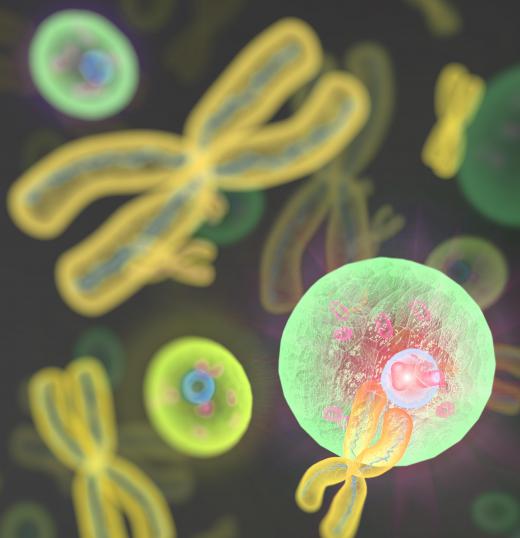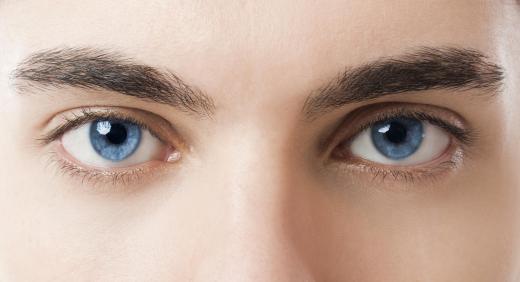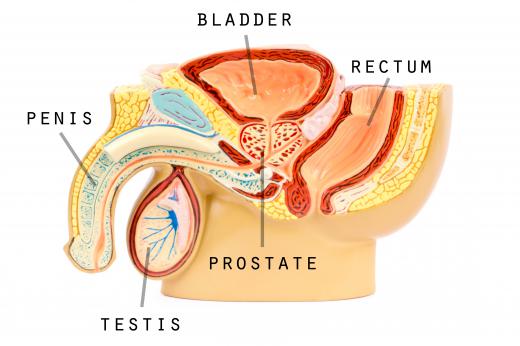What is Diploid?
 Mary McMahon
Mary McMahon
Diploid is a term which is used to describe a cell which contains two complete sets of chromosomes. Most mammals, including humans, have primarily diploid cells. The umbrella term “ploidy” is used to refer generically to the number of sets of chromosomes in a cell, and animals can exhibit a wide variety of forms of ploidy. A haploid cell, for instance, has only one set of chromosomes, while a tetraploid cell has four.
The chromosomes contain genetic material which is used to code an organism, like a set of blueprints for life. A single diploid stem cell can multiply and divide itself into an entire organism under the right conditions, and when that organism is born, its cells will continue to multiply and divide until death occurs. Diploid cells can also split to create haploid cells which contain half of the genetic material of the parent cell. These haploid cells can be used in reproduction, with two haploid cells from different parents coming together to create a single diploid stem cell which mixes the genetic material of the parents.

With the exception of the germ cells in the testes and ovaries, all of the cells in the human body are diploid in nature, with a complete set of genetic blueprints. Within each cell, only certain parts of the genome are activated, and these determine which kind of cell it will be: hair and skin cells, for example, are very different. The human body is constantly changing and developing, so these cells must be able to continue to multiply throughout life.

Together, the chromosomes in a diploid cell are homologous, with each chromosome in a set containing a counterpart in the other set with which it can pair during meiosis. During this process, the chromosomes match up with their counterparts and exchange genetic material. When the chromosomes split apart again, the daughter chromosomes are different from the parents. This ensures that the haploid cells utilized in reproduction all contain a different mix of genetic material, which contributes to genetic diversity and makes a species more hardy.

Understanding ploidy can be important to understanding inheritance. For example, the fact that genetic material is mixed each time haploid cells are created is important, because it explains why children of the same parents can be so radically different, as each contains a different mixture of genetic information. Ploidy also explains how dominant and recessive traits work; with a recessive trait, someone must inherit a gene in both sets of chromosomes, while dominant traits manifest when only one set contains the gene.
AS FEATURED ON:
AS FEATURED ON:













Discussion Comments
Thanks. I understood one more word today. -krjnath
Interesting, so every cell has two sets of chromosomes, except for the sex cells that have only one set of chromosomes.
Post your comments